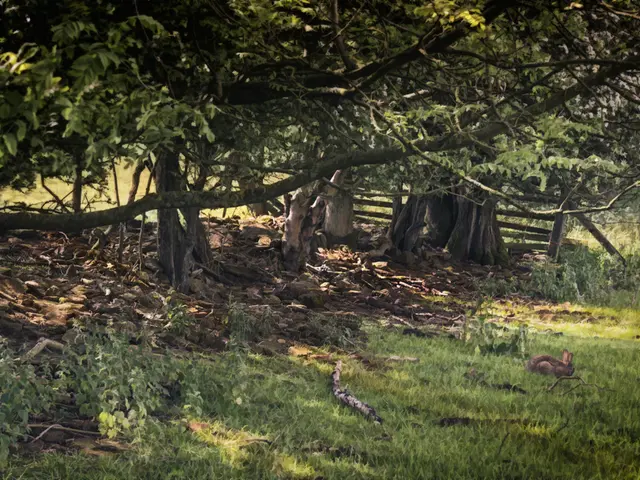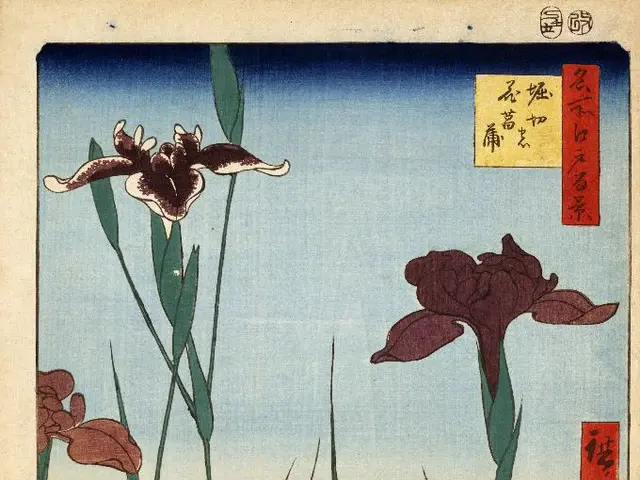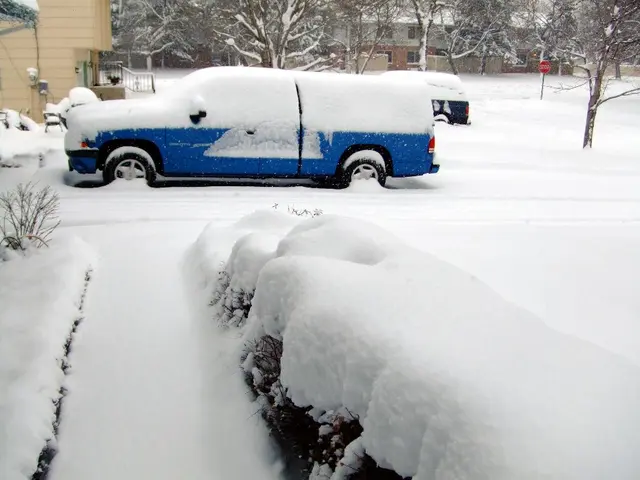Planting Vegetables in March: Grow Outdoors and Indoors for an Extended Yield
Springtime Veggies: A More Detailed Guide to Planting Outside and Indoors in March
March signals the start of spring, and though there may still be pockets of winter chills here and there, the warmer days are fast approaching. When planning your garden for the coming season, it's essential to consider your USDA hardiness zone and the last frost date, especially for both starting vegetables from seeds and transplanting seedlings. This guide provides an in-depth look at which veggies to sow outside and start indoors during March.
Vegetables to Plant Outside in March
Most gardeners can begin sowing seeds for cool-weather vegetables outside in March. These vegetable varieties thrive in cooler temperatures and will provide you with late spring or early summer harvests. Remember to tailor your planting guide to your specific hardiness zone and each vegetable's unique requirements.
1. Spinach
Known for its tolerance of colder temperatures, spinach is a prime candidate for sowing outdoors when temperatures are at least 40°F (4°C). The added benefit? Spinach thrives in the cool and tastes even better when grown during cooler periods. Sow seeds every two weeks to ensure multiple harvests before the onset of summer's heat.
2. Lettuce
Lettuce, much like spinach, is a cold-weather love, withstanding colder temperatures better than warmer ones. Plant seeds outdoors in March, even when soil temperatures are as low as 40 degrees, to reap a quick, abundant harvest. For a continuous supply, sow seeds in succession.
3. Radishes
Radishes are an excellent choice for spring gardens since they can withstand the chill and grow quickly. Depending on the variety you choose, they can mature in as little as three weeks. With staggered sowings in March, you'll enjoy several spring harvests before the heat of summer arrives.
4. Carrots
Carrots are less adaptable to transplanting, making them ideal for direct sowing in spring. In colder zones, warm the soil with soil-warming techniques, such as covering the area with a black tarp, to speed germination. In warmer zones, sow carrot seeds directly outside in March.
Vegetables to Start Inside in March
Hot-weather vegetables require the warmth of indoor seed starts. Seedlings from these varieties can be transplanted outdoors once temperatures are suitable for each specific type.
1. Tomatoes
Tomatoes, eagerly anticipated by many gardeners, thrive in summer's warmth. To set these plants up for success, start them indoors five to six weeks before the last frost date. Select varieties suitable for your climate and specific use cases. For example, in cooler zones, Early Girl is perfect for getting a sizable crop before the summer's end, while San Marzano is ideal for making sauces due to its plum-shaped fruits.
2. Peppers
Peppers are also heat lovers, so starting them indoors is crucial to proper growth. Hot peppers can take up to 150 days to mature, so speeding up their growth with fast-maturing varieties, such as Early Jalapeño or Thai Hot Peppers, can be beneficial. Keep in mind that peppers demand even more warmth than tomatoes, so transplant them outdoors only when the air temperatures consistently exceed 55°F (13°C).
3. Broccoli and Cauliflower
Though technically cool-weather vegetables, broccoli and cauliflower are best started indoors in March due to the soil being too cold for seeds to germinate outside in most areas. Start broccoli indoor seedlings five to eight weeks before transplanting outside when the last frost has passed. For cauliflower, sow seeds indoors and ensure proper blanching for optimal growth and flavor.
For one-stop gardening solutions, consider the Ultimate Garden Seed Collection, offering a diverse range of vegetables, herbs, and flowers to last you from spring through fall. Happy gardening!
Transplanting seedlings indoors can be beneficial for hot-weather vegetables like tomatoes and peppers, as starting them in March allows them to grow during the colder months and be ready for outdoor transplanting once temperatures are suitable for each specific type. Additionally, anyone looking to embrace a home-and-garden lifestyle might find joy in delving deeper into gardening, mastering the art of transplanting seedlings and nurturing their seedlings to bear fruits in their own garden.






